American football mascots have a long and storied history, dating back to the early days of the sport. These mascots play a crucial role in American football, serving as symbols of team identity and rallying points for fans. They have evolved over time, reflecting changes in American culture and the sport itself. In this article, we will explore the evolution of American football mascots, their role in the sport, the controversy surrounding them, and their impact on fan loyalty and team revenue. We will also delve into the psychology behind mascots and their emotional connection with fans. Additionally, we will discuss the art of mascot design and the future trends and predictions for American football mascots.
The Evolution of American Football Mascots: From the Early Days to Modern Times
In the early days of American football, mascots were often live animals that represented the team’s spirit and ferocity. For example, the University of Georgia’s bulldog mascot, Uga, has been a beloved symbol of the team since 1956. These live animal mascots were seen as a way to intimidate opponents and rally fans behind their team.
As American football grew in popularity throughout the 20th century, mascots began to take on more human-like forms. They became costumed characters that interacted with fans during games and events. This shift allowed for more creativity in mascot design and gave teams the opportunity to create unique and memorable characters.
In modern times, American football mascots have become larger-than-life figures that entertain fans both on and off the field. They often have elaborate costumes, perform choreographed routines, and interact with fans through social media. Mascots have become an integral part of the game day experience, providing entertainment and excitement for fans of all ages.
The Role of Mascots in American Football: A Cultural Perspective
Mascots in American football not only reflect American culture but also play a significant role in the game itself. They serve as ambassadors for their teams, representing their values, traditions, and spirit. Mascots are often seen as the face of the team, embodying the team’s identity and creating a sense of unity among fans.
During American football games, mascots are responsible for energizing the crowd and creating a lively atmosphere. They engage with fans through dances, skits, and other performances, keeping the energy levels high and encouraging fan participation. Mascots also interact with players and coaches, providing support and motivation on the sidelines.
The impact of mascots on fan experience cannot be overstated. They create a sense of excitement and anticipation before games, and their presence during games adds an element of fun and entertainment. Mascots have the power to bring people together, fostering a sense of community among fans and creating lasting memories.
Mascots and Identity: How American Football Teams Use Symbols to Represent Themselves
| Team Name | Mascot | Symbolism | Impact on Fans |
|---|---|---|---|
| Washington Football Team | N/A | Formerly used a Native American mascot and logo, but changed due to controversy and criticism of cultural appropriation | Some fans were upset with the change, while others supported it as a step towards inclusivity |
| Kansas City Chiefs | Warpaint (horse) and K.C. Wolf (mascot) | Warriors and Native American culture | Some fans argue that the team’s use of Native American imagery is respectful and honors their heritage, while others believe it is offensive and perpetuates harmful stereotypes |
| Atlanta Falcons | Freddie Falcon (mascot) | A reference to the bird of prey and the team’s speed and agility | Many fans enjoy the playful and energetic nature of the mascot, which adds to the overall fan experience |
| New England Patriots | Pat Patriot (mascot) | A reference to the American Revolution and the team’s name | Some fans appreciate the historical significance of the mascot, while others find it outdated and irrelevant to modern football |
American football teams use mascots as symbols to represent themselves both on and off the field. Mascots embody the team’s values, traditions, and history, serving as a visual representation of the team’s identity. They often have names that reflect the team’s history or geographic location.
The symbolism behind mascots can vary greatly depending on the team. For example, the Philadelphia Eagles’ mascot, Swoop, represents strength, agility, and freedom. The New England Patriots’ mascot, Pat Patriot, embodies patriotism and loyalty. These symbols help fans connect with their teams on a deeper level and feel a sense of pride in their affiliation.
Mascots are an essential part of team identity. They are often featured prominently in team logos, merchandise, and marketing materials. The presence of a mascot helps fans identify with their team and creates a sense of belonging.
The Controversy Surrounding American Football Mascots: Cultural Appropriation and Racism
While mascots have long been a beloved part of American football, they have also been the subject of controversy, particularly when it comes to Native American mascots. Many Native American groups and advocates argue that these mascots perpetuate harmful stereotypes and cultural appropriation.
The use of Native American mascots has been a contentious issue for decades. Critics argue that these mascots reduce Native American culture to caricatures and reinforce harmful stereotypes. They argue that these mascots are disrespectful and offensive, and that they contribute to the marginalization of Native American communities.
The debate over changing Native American mascots has gained traction in recent years, with several professional and college teams retiring their Native American mascots. However, there are still many teams that continue to use these mascots, citing tradition and fan support as reasons for their retention.
The Power of Mascots: How American Football Teams Use Them to Build Fan Loyalty
Mascots play a crucial role in building fan loyalty for American football teams. They create emotional connections with fans through their performances, interactions, and overall presence. Mascots are often seen as the heart and soul of the team, and fans develop a deep attachment to them.
Mascots have the ability to engage fans on an emotional level. They create a sense of excitement and anticipation before games, and their presence during games adds an element of fun and entertainment. Fans often form strong bonds with mascots, seeing them as friends or even family members.
The impact of mascots on fan engagement cannot be overstated. They create memorable experiences for fans, whether it’s through high-fiving children in the stands or performing elaborate routines during halftime. Mascots make fans feel like they are part of something bigger than themselves, fostering a sense of community and belonging.
The Psychology of Mascots: Why We Connect with Them on a Deep Emotional Level
The psychology behind our connection with mascots is complex but can be attributed to several factors. First, mascots tap into our emotions by evoking feelings of joy, excitement, and nostalgia. They create a sense of happiness and fun, which can be contagious and spread throughout the crowd.
Mascots also tap into our need for social connection and belonging. They create a sense of community among fans, fostering a shared identity and a feeling of togetherness. Mascots provide a common ground for fans to come together and celebrate their love for the team.
Furthermore, mascots often have exaggerated features and behaviors that make them more relatable and endearing. Their larger-than-life personalities and antics make them memorable and lovable characters. Fans are drawn to mascots because they provide a sense of escapism and entertainment.
The Business of Mascots: How American Football Teams Profit from Mascot Merchandise
Mascots are not only beloved figures in American football but also lucrative assets for teams. The economic impact of mascots is significant, as they drive merchandise sales and generate revenue for teams. Fans are eager to purchase mascot-related merchandise, such as jerseys, hats, and stuffed animals.
Mascot merchandise is popular among fans of all ages. Children often want to own a piece of their favorite mascot, while adults enjoy collecting memorabilia as a way to show their support for the team. The popularity of mascot merchandise has led to partnerships with major retailers and the creation of dedicated online stores.
The role of mascots in team revenue extends beyond merchandise sales. They are often featured in marketing campaigns, commercials, and sponsorships, generating additional income for teams. Mascots also attract fans to games and events, leading to increased ticket sales and concessions revenue.
The Art of Mascot Design: From Sketches to Final Product
The process of designing a mascot is a meticulous one that involves collaboration between designers, marketing teams, and stakeholders. It begins with brainstorming sessions and sketches, where designers explore different concepts and ideas. Once a concept is chosen, the design is refined and brought to life through illustrations and 3D renderings.
The importance of mascot design cannot be overstated. A well-designed mascot is instantly recognizable and memorable. It should reflect the team’s identity and values while also appealing to fans of all ages. The design should be versatile, allowing for different poses and expressions.
Mascot design also plays a crucial role in fan engagement. A visually appealing mascot can capture the attention of fans and create a sense of excitement. The design should be dynamic and expressive, allowing the mascot to interact with fans and convey emotions.
The Future of American Football Mascots: Trends and Predictions
The future of American football mascots is likely to see several trends and advancements. One emerging trend is the use of technology to enhance the fan experience. Virtual reality and augmented reality could allow fans to interact with mascots in new and exciting ways, both at games and through digital platforms.
Another trend is the incorporation of sustainability and eco-friendly practices into mascot design. As environmental consciousness grows, teams may opt for mascots made from recycled materials or with sustainable manufacturing processes. This shift would align with the broader movement towards sustainability in sports.
Predictions for the future of American football mascots also include increased customization options for fans. Teams may offer personalized mascot experiences, such as meet-and-greets or virtual interactions, allowing fans to create unique memories with their favorite mascots.
The Global Impact of American Football Mascots: How They Influence Sports Culture Around the World
While American football is primarily an American sport, its mascots have gained popularity outside of the United States. American football mascots have become cultural icons that transcend borders and influence sports culture around the world.
American football mascots are often seen as symbols of American culture abroad. They represent the spirit of competition, teamwork, and entertainment that is associated with American sports. They also serve as ambassadors for American football, introducing the sport to new audiences and generating interest in the game.
The impact of American football mascots on global sports culture can be seen in the adoption of mascots in other sports. Many international sports teams have embraced the concept of mascots, creating their own unique characters to engage fans and enhance the game day experience.
American football mascots have a rich history and play a vital role in the sport. They reflect American culture, serve as symbols of team identity, and create emotional connections with fans. While mascots have faced controversy over cultural appropriation and racism, they continue to be beloved figures that build fan loyalty and generate revenue for teams. The art of mascot design and the future trends and predictions for American football mascots show that they will continue to evolve and captivate fans around the world.
Check out this fascinating article on the cultural significance of American Football mascots throughout history. From the iconic mascots that have become beloved symbols of their teams to the controversies surrounding some mascots, this article provides a comprehensive overview of how these characters have evolved over time. Discover more about the evolution of American Football mascots and their impact on the sport and culture. For more NFL news, including updates on star player J.J. Watt’s retirement plans after the 2022 season, click here: https://www.footballr.news/nfl/nfl-star-j-j-watt-to-retire-after-2022-season/.
FAQs
What is a mascot in American Football?
A mascot is a person, animal, or object that represents a team or organization and is used to bring good luck and boost team spirit.
When did mascots first appear in American Football?
Mascots have been a part of American Football since the early 1900s, with the first recorded use of a live animal mascot being in 1904 by the University of Missouri.
What are some popular American Football mascots?
Some popular American Football mascots include the Philadelphia Eagles’ Swoop, the Dallas Cowboys’ Rowdy, and the New England Patriots’ Pat Patriot.
What is the cultural significance of American Football mascots?
American Football mascots are often seen as symbols of team spirit and pride, and can also serve as a way to connect with fans and the local community.
How have American Football mascots evolved over time?
American Football mascots have evolved from simple live animals to costumed performers and even animated characters. They have also become more diverse, with many teams now featuring mascots that represent different cultures and communities.

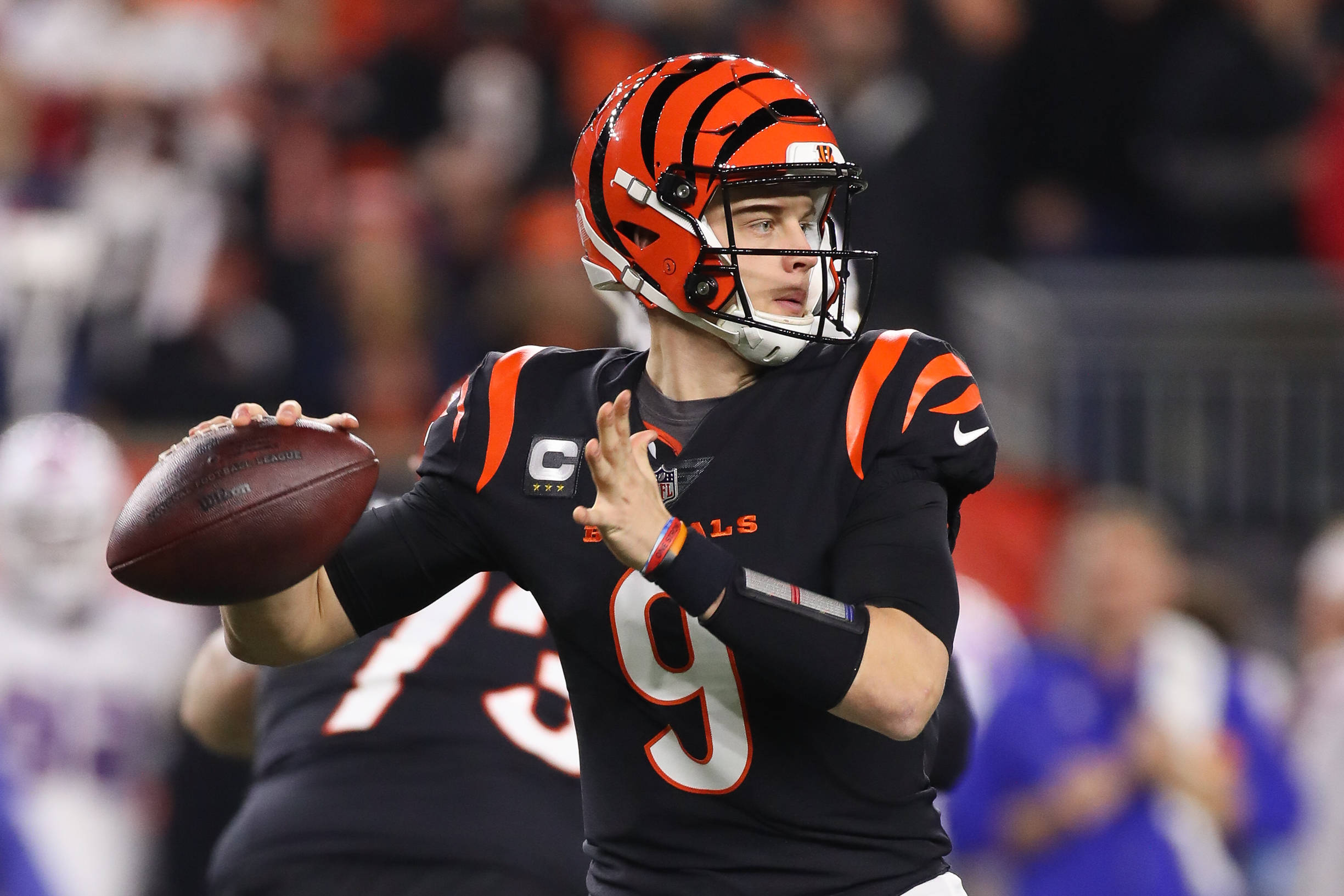
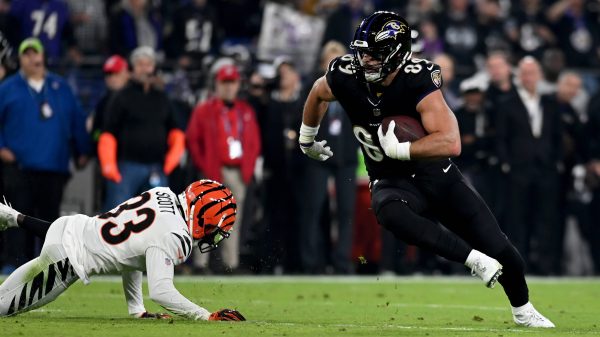


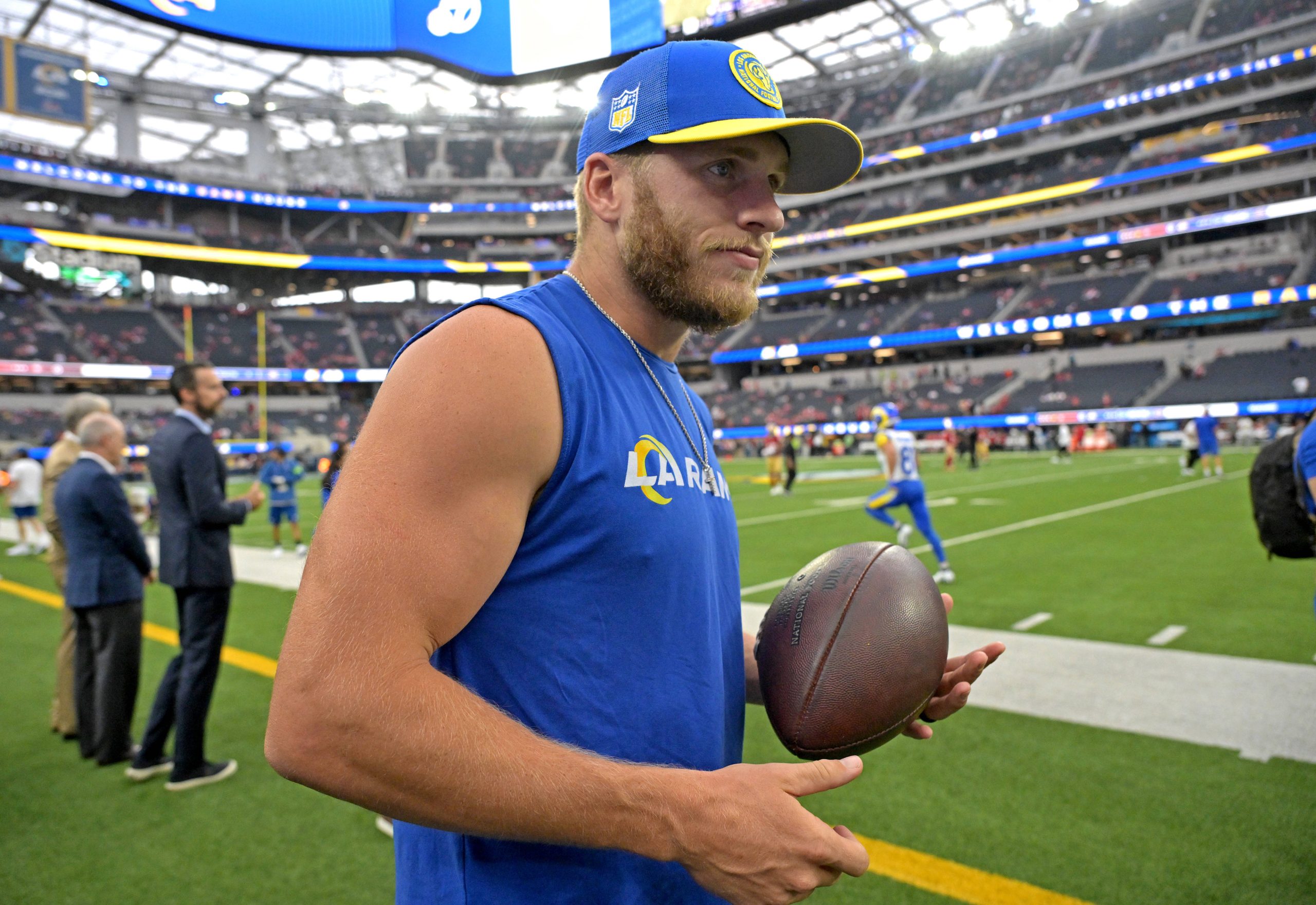
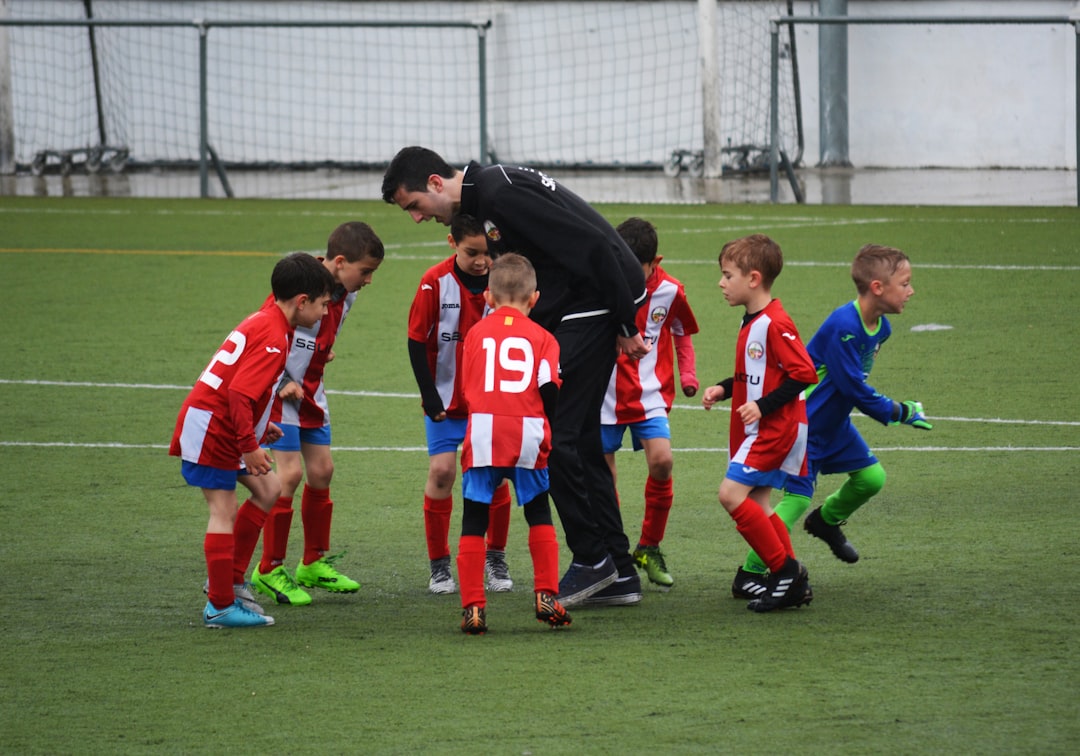







































































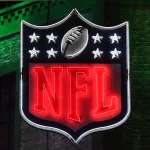
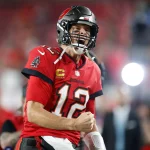
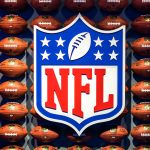






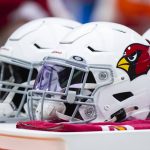

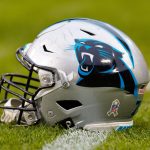




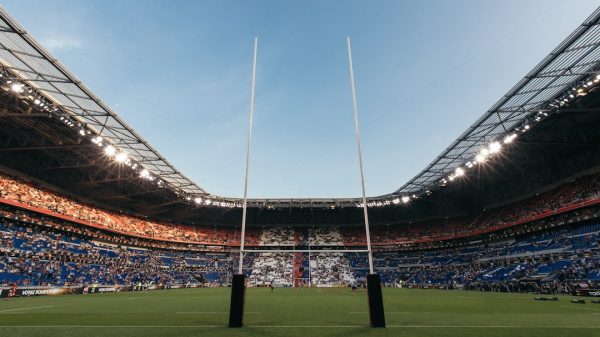


Recent Comments